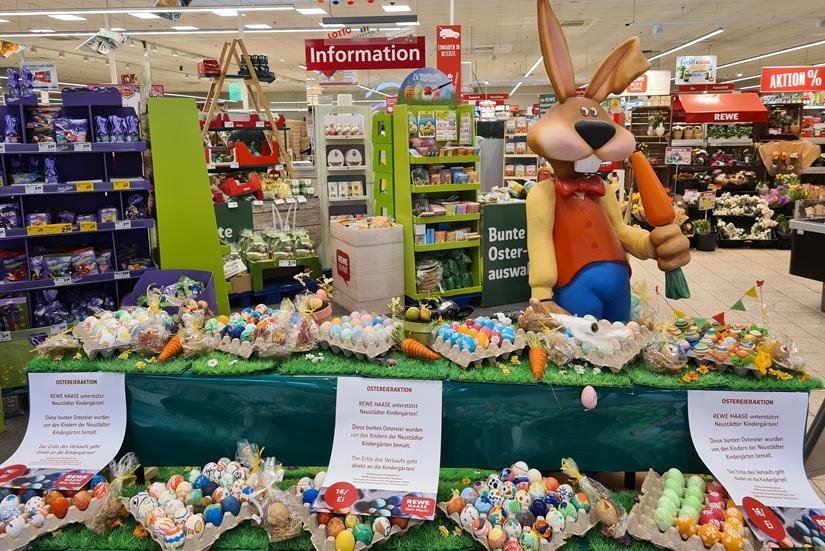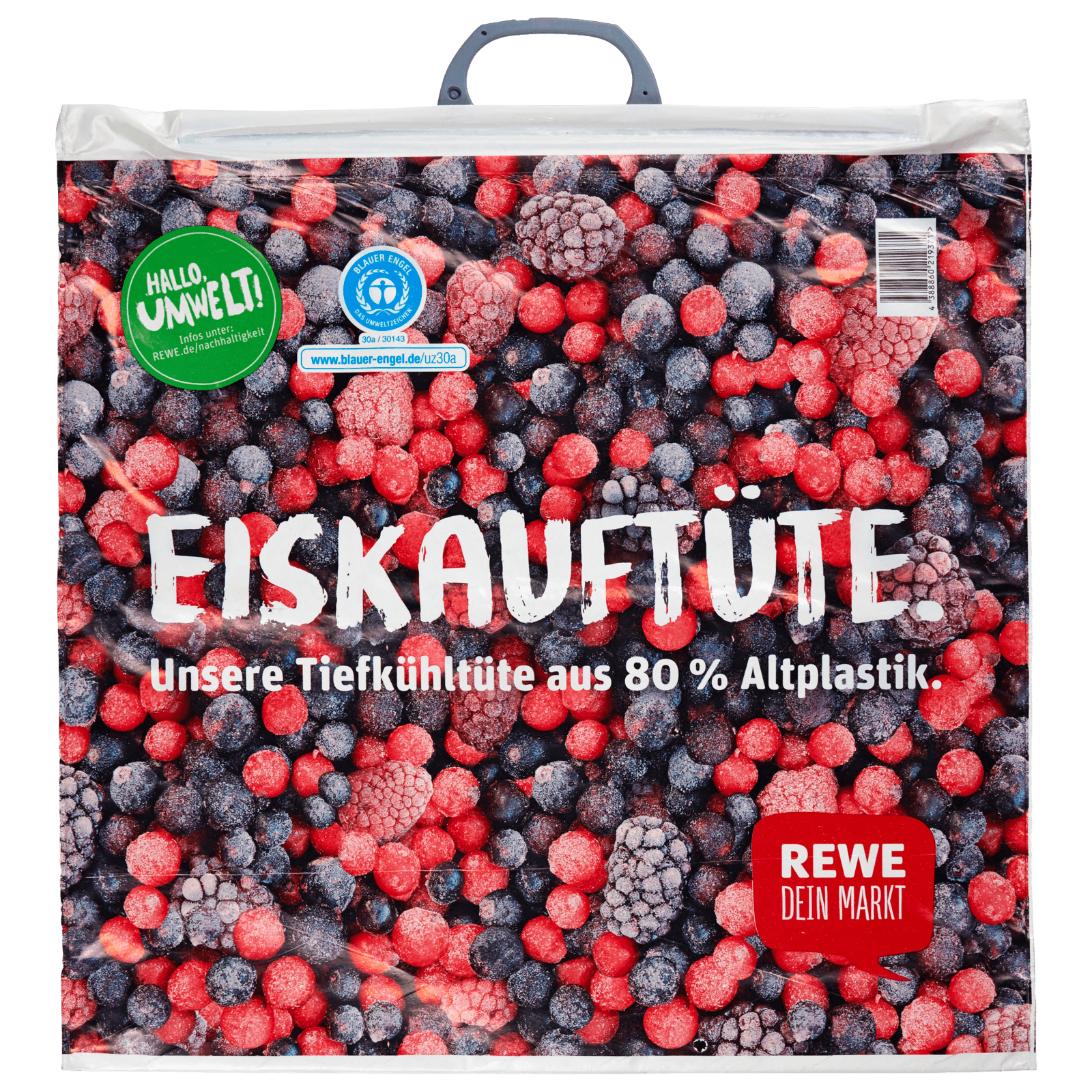
REWE Alexander Koch - 💕 LIEBE 💕 Ihr wollt Eure Liebsten mit einer kleinen Aufmerksamkeit überraschen? Bei uns findet Ihr genau das Richtige dafür. 💖 🤫 Und nicht vergessen: Nicht mehr lange,

Plüsch rewe in Baden-Württemberg - Karlsruhe | Kuscheltiere günstig kaufen, gebraucht oder neu | eBay Kleinanzeigen ist jetzt Kleinanzeigen

























